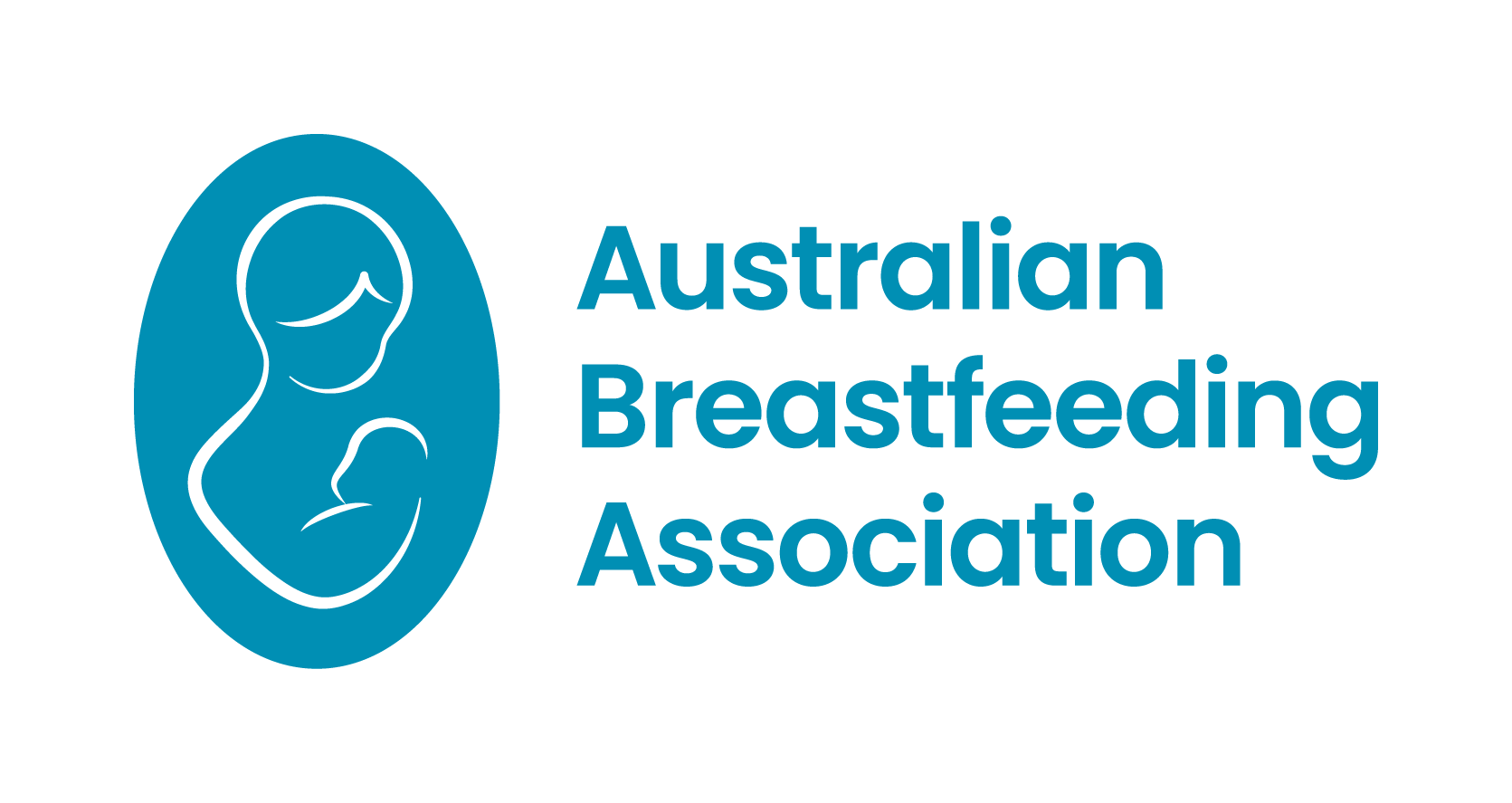Effect of breast milk on the frequency of bronchopulmonary dysplasia in very low birth weight premature infants: A meta-analysis
Lu, X., Gao, Y., Liu, C., Pan, M., & Chen, [...]
Lu, X., Gao, Y., Liu, C., Pan, M., & Chen, [...]
Shaki, F., Aziznejadroshan, P., Rad, Z. A., Chehrazi, M., Arzani, [...]
Pérez‐Escamilla, R., Hromi‐Fiedler, A., Rhodes, E. C., Neves, P. A., [...]
Kucukoglu S, Yılmaz Kurt F, Aytekin Ozdemir A, Ozcan Z.J [...]
Nolan LS, Rimer JM, Good M.Nutrients. 2020 Oct 6;12(10):E3052. [...]
By Laura Klein, PhD, Research Fellow, Milk, Australian Red [...]
Skin-to-Skin Contact (SSC) is when a naked baby is placed prone on the bare chest of their mother/father/partner/significant other. A blanket is then placed over the back of the baby, so that they remain warm.
This study compared quantitative MRI findings between 44 predominantly human milk-fed and 24 predominantly formula-fed preterm infants. All infants were born at <32 weeks gestational age and <1500 g. They were classified as formula-fed or breastmilk-fed according to what composed the majority of their nutrition according to NICU records. Pasteurised donor milk was available to complement maternal milk if parents consented, until 34 weeks. At approximately term equivalent age, quantitative MRI was used to measure total and regional brain volume and to investigate white matter microstructure.
There is reference to mothers using nipple shields as far back as 1550. The original nipple shields were made of bone, cow skin, pewter, glass or tin. These early shields were conically shaped with several holes in the tip; they provided a physical barrier between the mother’s breast and the baby’s mouth, therefore decreasing pain with latching. By the 1850s they were made of rubber and, in the 1950s, they were made of latex (Powers, 2012).
The Australian Breastfeeding Association (ABA) runs the National Breastfeeding Helpline 1800 mum 2 mum (1800 686 268). The Breastfeeding Helpline is available 24 hours a day, 7 days a week.
It is staffed by trained, volunteer counsellors who answer calls on a roster system in their own homes.
LiveChat is a mum 2 mum support service on the ABA website www.breastfeeding.asn.au.
Trained volunteers assist mothers and their families with breastfeeding information and are there to support mothers on their breastfeeding journey.
LiveChat is accessible via mobile phones, tablets, laptops and computers.

Important Information
Privacy Policy
Membership Terms & Conditions
FAQs
ABN: 64005081523
RTO: 21659
Copyright © Australian Breastfeeding Association | ABA receives funding from the Australian Government
